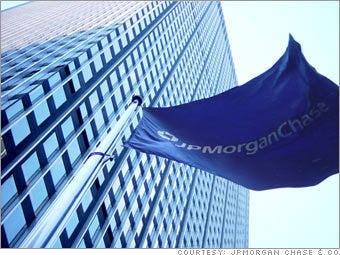
Just at the most terrifying moment, when the giant ants are advancing over the horizon, snapping barbed jaws the size of windmill blades -- some honking voice from the row behind announces, "Y'know, that's physically impossible; no way could ant legs support something that size..."
You want to throw popcorn at him, but he's right: our familiar world does not scale up straightforwardly. Quantity has qualities all its own, some are easily predictable, but some are not, which means we only discover them through error.
In 1912, an observer on the docks in the English port of Southampton would also be thinking of ants. Ant-like was how anyone would feel, peering up the towering black sides of RMS Titanic: the largest moving thing yet made by man. More than twice the displacement of the biggest battleship, as long as four city blocks, capable of carrying more than 3,000 people in unparalleled luxury (even third class was, of its sort, remarkably comfortable). Titanic was stupendous, admirable -- and, many felt, a well-deserved culmination to the most self-confident decade in human history. Peace reigned in 1912; empires stood firmly at their maximum, America bestrode its continent and had successfully assimilated the largest immigration ever attempted. China, after three thousand years of emperors, had become a republic; even Russia was reforming. Electricity, the automobile, wireless, and the moving pictures promised an age in which industry would move from humanity's taskmaster to its servant. Words like leviathan, colossal -- and titanic -- lost their fearful ancient aura; mankind was scaling up.
The Titanic, financed by J.P.Morgan, cost about $200 million at today's prices -- but its size made it a potential money spinner. The press might emphasize its luxury: the parisian café, the ballroom, the gymnasium where passengers could row or bicycle their way across the Atlantic, but there were only a few tycoons able to spend the equivalent of $40,000 for a first-class suite. The real money was down below, in steerage: the thousands of families making that once in a lifetime leap to new opportunities. Pile 'em high, sail 'em cheap: the bigger the boat, the lower the cost per head of providing this essential service. There was a coal strike going on when theTitanic left Southampton; smaller ships had to stay in port, their third-class passengers transferring to this new, efficient giant of the seas. The vast bulk pulled out into the channel, nearly causing a collision as its powerful suction snapped the moorings of a neighboring liner, and then stood out to sea, the waving people on its boat deck growing smaller and smaller.
We all know what happened to them five days later -- and here, the unexpected effects of scaling up are important. The ship's designers made the Titanic immune to collision with any existing vessel, but had forgotten that nature puts far more massive objects in the ocean. They devised powerful new machines for installing the three-and-a-half million rivets that held the structure together, but did not know how freezing temperatures could make those rivets brittle. They installed Signor Marconi's new invention, radio, but had no protocols for its use, so that warnings of icebergs from other ships were swamped by the personal messages of first-class passengers. (Many, no doubt, on the lines of, "I'm on the Titanic!"). They fitted more than the legally-required number of lifeboats, but had not considered that the legal requirement accommodated less than half the ship's company. Their capacity to plan had not expanded to match their capacity to build. As designers and financiers, they had opened a new era; but as managers, navigators and sailors, they were still accepting the unknown risks of the age of sail.
The world rapidly grows smaller when death is standing next to you, but how rapidly is a critical question. The first lifeboats went off half-full, because passengers preferred the comforting, illuminated bulk of the sinking ship to a frail cockleshell on the pitiless ocean. The lifeboats did not return to pick up more passengers because they feared that bulk -- sucking them down as it dove for a sea-floor two miles below. For some, the narrowing of life's scope gave them the chance to show extraordinary courage and self-sacrifice: Wallace Hartley and his musicians, switching from soothing waltzes to hymn tunes when the waves reached their ankles; the unknown steward, leading his flock of steerage passengers to safety through the tilting entrails of the ship. For others, narrow-mindedness took a different form: seeking a scapegoat. The chairman of the White Star Line, J. Bruce Ismay, still receives entirely unsubstantiated blame for what was the failure of a system, not a man. His tragedy was to survive and live for another twenty-five execrated years.
The 1,517 people who drowned in the Titanic disaster did not die in vain. In inquiries on both sides of the Atlantic and new international agreements for maritime safety, we began to make the rules necessary for a bigger and better-connected world. We now admit that scaling up size increases complexity; the larger systems become, the greater the likelihood of unseen contingencies. Every project risks its iceberg. Nothing is too big to fail; instead, the bigger it is, the more insidious and thus devastating its modes of failure must be. Engineers, at least, know this: it seems someone forgot to tell the bankers.